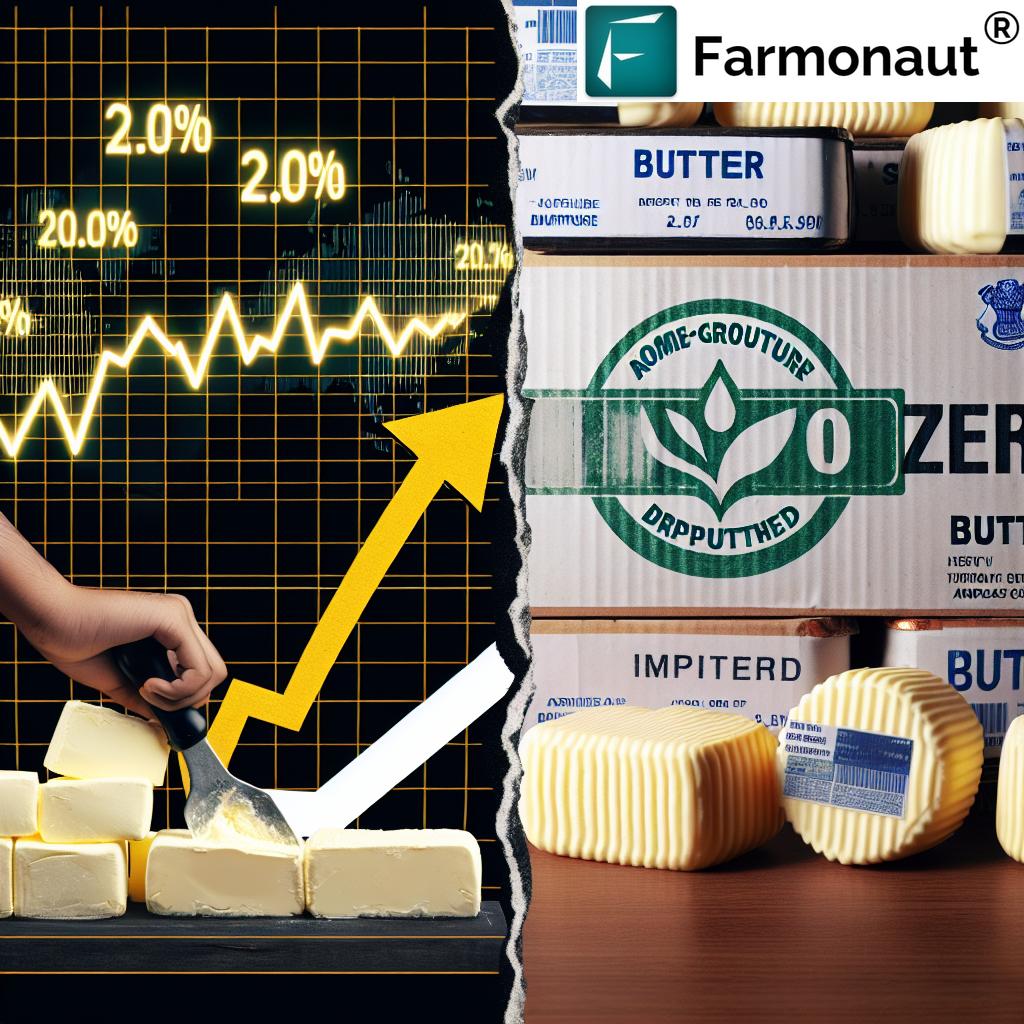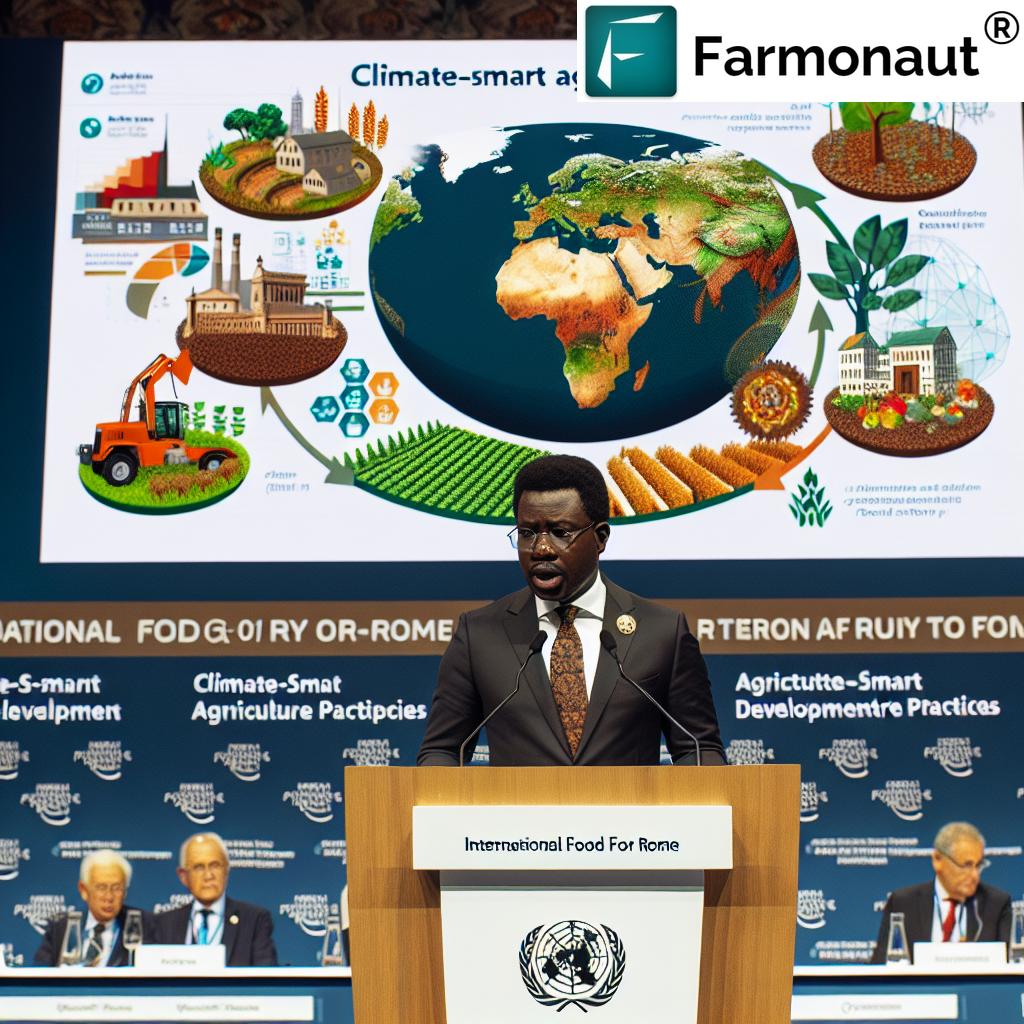Global Trade Tensions Escalate: Analyzing the Economic Impact of US Tariffs on Canada, Mexico, and China
“U.S. tariffs on imports from Canada, Mexico, and China have triggered retaliatory measures from these countries, affecting multiple industries.”
In recent months, we’ve witnessed a significant escalation in global trade tensions as the United States imposed new tariffs on imports from Canada, Mexico, and China. These actions have ignited a firestorm of international disputes, reshaping the economic landscape and raising concerns about a potential full-blown trade war. In this comprehensive analysis, we’ll delve into the far-reaching consequences of these US tariffs on imports and explore their impact on various industries, from automotive to agriculture.

Understanding the Tariff Landscape
The recent imposition of tariffs by the United States has sent shockwaves through the global economy. Let’s break down the specifics:
- A 25% tariff on imports from Canada and Mexico
- A 10% tax on Chinese goods
The U.S. administration has cited national security concerns and illegal immigration as justifications for these measures. Additionally, they’ve emphasized the need to hold these countries accountable for drug trafficking, particularly the flow of fentanyl into the United States.
Retaliatory Measures and International Response
As expected, these actions have not gone unanswered. Let’s examine how each affected country has responded:
Canada’s Retaliation
Prime Minister Justin Trudeau announced reciprocal tariffs targeting American goods worth $155 billion. The first wave, valued at $30 billion, has been immediately implemented. Affected products include:
- Beer and alcohol
- Clothing
- Various consumer products
Trudeau emphasized Canada’s intention to protect its interests while stressing that the country did not seek this trade conflict. He also noted that claims regarding security risks at the Canadian border were unfounded, as only a minuscule fraction of fentanyl originates from Canada.
Mexico’s Response
Mexican President Claudia Sheinbaum rejected accusations of government collaboration with drug cartels and advocated for dialogue over tariffs. In response to the new U.S. tariffs, Mexico is preparing to impose its own 25% tariffs on U.S. goods, emphasizing the importance of cooperation despite the tensions.
China’s Stance
China strongly condemned the tariffs, labeling them as “unjustifiable,” and announced intentions to bring the case to the World Trade Organization. The Chinese government maintains a commitment to a collaborative trade approach, asserting that trade conflicts yield no winners.
“The implementation of new tariffs has raised concerns about potential price increases for consumer goods across various sectors.”
Economic Consequences of Tariffs
The economic consequences of tariffs are far-reaching and complex. Let’s explore some of the key areas affected:
Consumer Goods and Inflation
Economists express concern that the tariffs could instigate a full-fledged trade war, resulting in significant price increases on many consumer goods. This inflationary pressure could adversely affect consumers in all countries involved.
Automotive Industry Impact
The automotive industry stands to be particularly vulnerable to these tariffs. Vehicles often use components sourced from multiple countries, making them susceptible to increased costs. Predictions suggest a potential rise of $3,000 in the average price of a car due to these tariffs.
Agricultural Sector Concerns
U.S. farmers are increasingly worried about the potential ramifications on their exports. Retaliatory tariffs from other countries could significantly impact agricultural exports, putting additional strain on an already challenged sector.
Industry Perspectives and Concerns
Various industry representatives have voiced their concerns about the immediate and long-term impacts of these tariffs:
- The Canadian Chamber of Commerce has warned about potential inflationary pressures.
- The National Homebuilders Association foresees increased costs in construction materials, particularly lumber.
- Energy sector analysts predict potential disruptions in energy trade between the U.S. and its neighbors.
Many industry leaders are calling for reconsideration of these tariff measures, emphasizing the importance of negotiation over conflict.
Diplomatic Challenges and International Relations
The tariff situation has created significant diplomatic challenges for world leaders. The relationships between the United States and its trading partners are undergoing strain, with potential long-term consequences for international cooperation and global economic stability.
| Economic Indicators | Canada | Mexico | China |
|---|---|---|---|
| Estimated GDP Impact (%) | -0.5% | -0.8% | -0.3% |
| Affected Industries |
• Automotive • Lumber • Steel • Agriculture |
• Automotive • Agriculture • Electronics • Textiles |
• Electronics • Manufacturing • Agriculture • Steel |
| Retaliatory Measures | $155 billion in counter-tariffs | 25% tariffs on U.S. goods | WTO case, targeted tariffs |
| Diplomatic Relations Status | Strained | Negotiating | Deteriorating |
The Role of Technology in Navigating Trade Tensions
In these turbulent times, technology plays a crucial role in helping businesses navigate the complexities of international trade. Platforms like Farmonaut offer valuable tools for agricultural businesses to optimize their operations and make data-driven decisions.
Farmonaut’s satellite-based farm management solutions can help farmers and agribusinesses adapt to changing market conditions by providing real-time insights into crop health, weather patterns, and resource management. This technology becomes even more valuable when trade tensions impact agricultural exports and supply chains.
Impact on Global Supply Chains
The tariffs have sent ripples through global supply chains, forcing many companies to reevaluate their sourcing strategies. This disruption could lead to:
- Increased costs for raw materials
- Shifts in manufacturing locations
- Changes in international shipping routes
Businesses are now tasked with finding ways to mitigate these challenges while maintaining competitiveness in the global market.
The Energy Sector’s Stake
The energy sector is not immune to the effects of these tariffs. Key considerations include:
- Potential disruptions in oil and gas trade between the U.S., Canada, and Mexico
- Impact on renewable energy component imports, particularly from China
- Possible shifts in global energy market dynamics
As countries adapt to these new trade realities, we may see significant changes in energy production and distribution strategies.
The Intersection of Trade and National Security
The U.S. administration’s justification for these tariffs on grounds of national security has sparked debate about the relationship between trade and security. This argument raises several questions:
- How do economic ties influence national security?
- Can trade restrictions effectively address security concerns?
- What are the long-term implications of using trade as a tool for national security?
These questions highlight the complex interplay between economic policy and geopolitical strategy.
The Role of International Organizations
As trade tensions escalate, international organizations like the World Trade Organization (WTO) are thrust into the spotlight. Their role in mediating trade disputes and maintaining global economic order is being tested. Key points to consider:
- The effectiveness of WTO dispute resolution mechanisms in the current climate
- The potential for reform in international trade governance
- The role of other multilateral organizations in easing trade tensions
The outcome of these disputes could have far-reaching implications for the future of global trade relations.

The Consumer Perspective
While much of the discussion around tariffs focuses on macroeconomic impacts and international relations, it’s crucial to consider the effects on everyday consumers. Potential consequences include:
- Higher prices for imported goods
- Reduced choice in consumer products
- Possible job losses in import-dependent industries
Understanding these impacts is essential for policymakers and businesses alike as they navigate the changing trade landscape.
Technology and Trade: A New Frontier
In an era of increasing trade tensions, technology plays a crucial role in helping businesses adapt and thrive. Platforms like Farmonaut offer innovative solutions that can help agricultural businesses navigate these challenges. By leveraging satellite technology and AI, Farmonaut provides valuable insights that can help farmers and agribusinesses make informed decisions in an uncertain economic environment.
Explore Farmonaut’s API for advanced agricultural insights
The Future of Global Trade Relations
As we look to the future, several key questions emerge:
- Will these tariffs lead to a prolonged trade war or serve as a catalyst for new trade agreements?
- How will global supply chains evolve in response to these trade tensions?
- What role will emerging technologies play in shaping future trade relations?
The answers to these questions will undoubtedly shape the global economic landscape for years to come.
Strategies for Businesses
In light of these trade tensions, businesses must adapt their strategies. Some key approaches include:
- Diversifying supply chains to reduce reliance on single countries
- Investing in technology to improve efficiency and reduce costs
- Exploring new markets to offset potential losses in existing ones
Innovative solutions like Farmonaut’s satellite-based farm management tools can play a crucial role in helping agricultural businesses adapt to these changing market conditions.
Access Farmonaut’s API Developer Docs for integration guidance
The Environmental Angle
While much of the discussion around tariffs focuses on economic impacts, it’s important to consider potential environmental consequences:
- Changes in production locations could affect carbon emissions
- Shifts in agricultural trade might impact land use patterns
- Altered energy trade dynamics could influence renewable energy adoption
These environmental considerations add another layer of complexity to the tariff debate.
Looking Ahead: Potential Outcomes
As we consider the future of these trade tensions, several potential outcomes emerge:
- Negotiation of new trade agreements that address current concerns
- Prolonged trade tensions leading to sustained economic uncertainty
- Shifts in global economic power dynamics
The path forward will depend on diplomatic efforts, economic resilience, and the ability of nations to find common ground.
Conclusion
The escalation of global trade tensions through the imposition of US tariffs on Canada, Mexico, and China has created a complex and challenging economic landscape. As we’ve explored, the impacts of these tariffs extend far beyond simple import costs, affecting industries from automotive to agriculture, reshaping supply chains, and straining international relations.
While the future remains uncertain, it’s clear that businesses, policymakers, and consumers alike must stay informed and adaptable. Technologies like those offered by Farmonaut can play a crucial role in helping agricultural businesses navigate these turbulent times, providing data-driven insights to inform decision-making.
As the situation continues to evolve, we’ll be closely monitoring developments and analyzing their implications for the global economy. Stay tuned for further updates and in-depth analysis on this critical issue.
FAQ Section
Q: What are the main reasons cited by the U.S. for imposing these tariffs?
A: The U.S. administration has cited national security concerns, illegal immigration, and the need to combat drug trafficking as primary reasons for imposing these tariffs.
Q: How have Canada, Mexico, and China responded to these tariffs?
A: All three countries have announced retaliatory measures. Canada and Mexico are imposing reciprocal tariffs on U.S. goods, while China has condemned the action and plans to bring the case to the World Trade Organization.
Q: What industries are most affected by these tariffs?
A: The automotive, agriculture, steel, and consumer goods industries are among the most significantly impacted sectors.
Q: How might these tariffs affect consumer prices?
A: Economists predict that these tariffs could lead to increased prices on many consumer goods, potentially resulting in inflationary pressure.
Q: What role do international organizations like the WTO play in these trade disputes?
A: The WTO provides a forum for resolving trade disputes between nations and may play a crucial role in mediating these conflicts as they escalate.
Earn With Farmonaut: Affiliate Program
Earn 20% recurring commission with Farmonaut’s affiliate program by sharing your promo code and helping farmers save 10%. Onboard 10 Elite farmers monthly to earn a minimum of $148,000 annually—start now and grow your income!




















